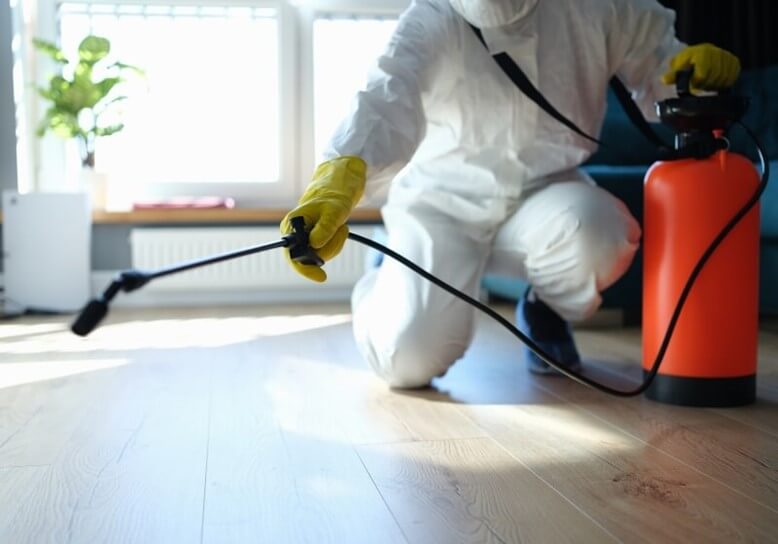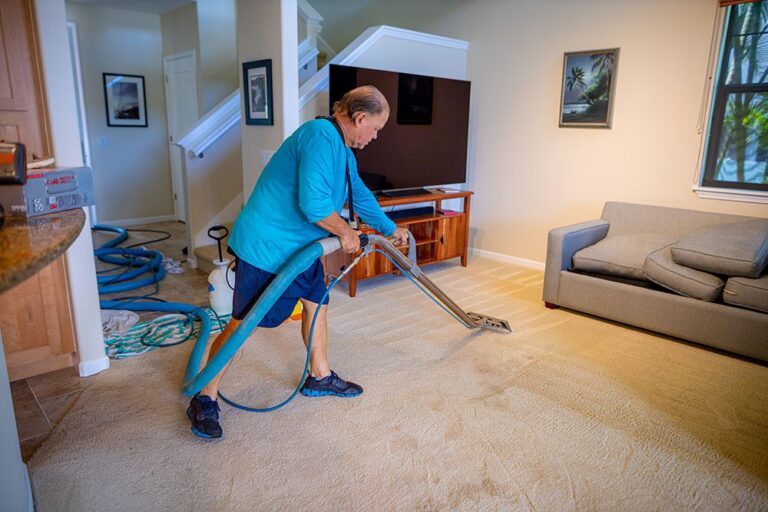Advanced Strategies for Effective Pest Control: What Every Homeowner Should Know

In the quest to maintain a pest-free home, homeowners often find themselves battling recurring infestations despite their best efforts. With advancements in pest control technology and methods, there are now more effective strategies than ever before to safeguard your home against pests. This article explores some of the most advanced and effective pest control strategies that every homeowner should be aware of.
Integrated Pest Management (IPM)
Integrated Pest Management (IPM) is a comprehensive approach to pest control that combines biological, cultural, physical, and chemical tools in a way that minimizes economic, health, and environmental risks. IPM focuses on the prevention of pests or their damage through a combination of techniques such as cultivating healthy plants that are more resistant to pests, using pest-resistant varieties, and implementing proper sanitation practices. For pests that cannot be managed by other means, IPM uses pesticides, but only after monitoring indicates they are needed and in targeted applications to minimize exposure to humans and non-target organisms.
Biological Control
Biological control involves the use of natural enemies of pests, like predators, parasites, or pathogens, to manage pest populations. This method is particularly beneficial as it reduces the reliance on chemical pesticides, thereby minimizing the potential for pesticide resistance and environmental contamination. Examples include introducing ladybugs to control aphid populations in a garden or using bacillus thuringiensis (Bt) to control mosquito larvae.
Chemical Innovations
While the use of chemicals is often criticized due to potential health risks and environmental impact, there have been significant innovations in the formulation and application of pesticides that reduce these concerns. Modern pesticides are more targeted, often designed to affect only the intended pest, and degrade more quickly in the environment, reducing the chance of buildup and secondary poisoning. Moreover, new delivery systems such as bait stations and gel formulations offer controlled releases that minimize exposure to non-target species and humans.
Physical and Mechanical Controls
Physical and mechanical pest control methods are simple but often overlooked strategies that can effectively reduce pest issues. These methods involve using barriers, traps, or machines to remove pests or prevent their access to the area. Examples include using insect netting to protect crops, installing door sweeps to prevent rodents from entering, and using vacuuming to remove bed bugs.
Cultural Techniques
Cultural techniques involve modifying the environment to make it less attractive or accessible to pests. This can include practices such as crop rotation, proper waste management, and reducing excess moisture around the home. By changing the conditions that pests find desirable, these strategies reduce the chances of infestation without the need for chemical interventions.
Regular Monitoring and Professional Evaluations
Regular monitoring and timely intervention are key components of effective Orange County pest control. This can involve setting up traps to monitor for pests, regularly inspecting plants and buildings for signs of infestation, and hiring professionals for periodic evaluations. Early detection can prevent minor issues from becoming major infestations, saving time, money, and effort in the long run.
Conclusion
Effective pest control requires more than just reactionary measures; it requires a strategic and integrated approach. By utilizing a combination of advanced techniques, homeowners can effectively manage pest populations, protect their homes, and minimize the impact on their health and the environment. As pest control technologies continue to evolve, staying informed about these strategies will be crucial for maintaining a pest-free home.




